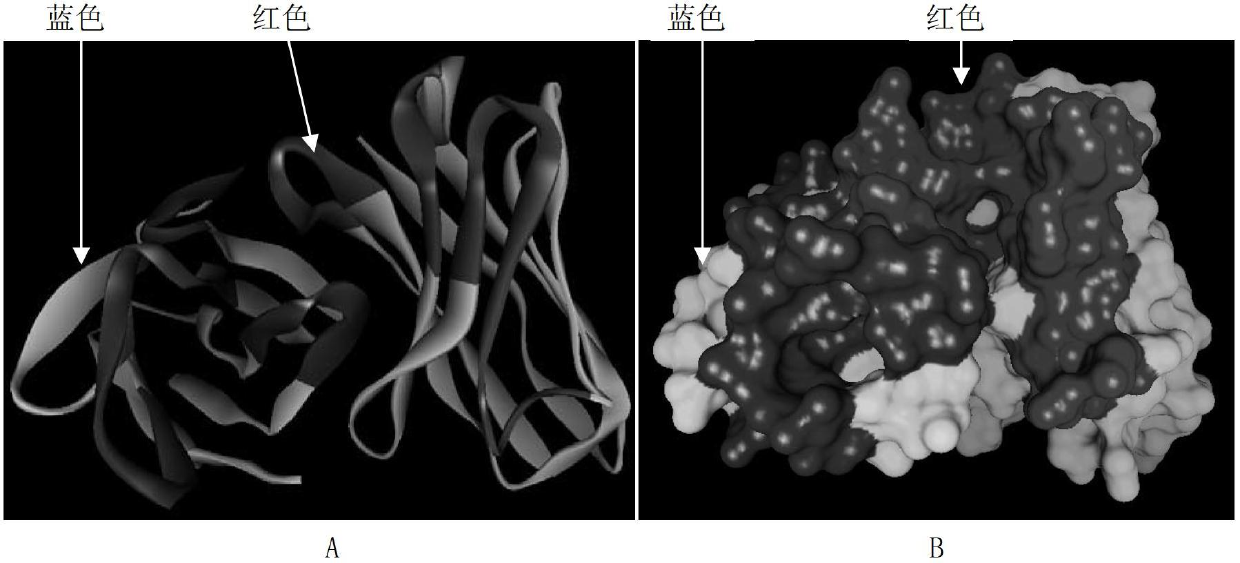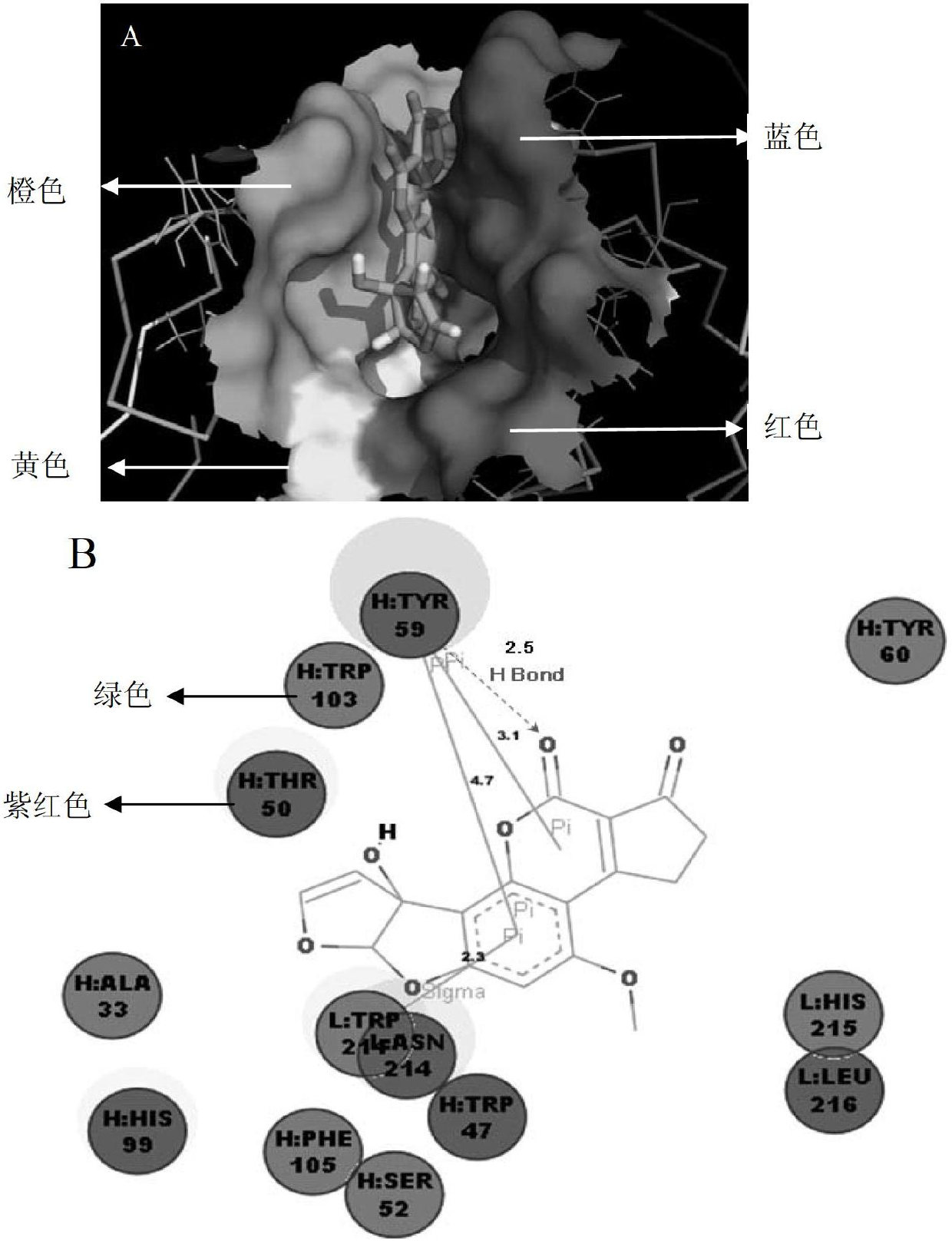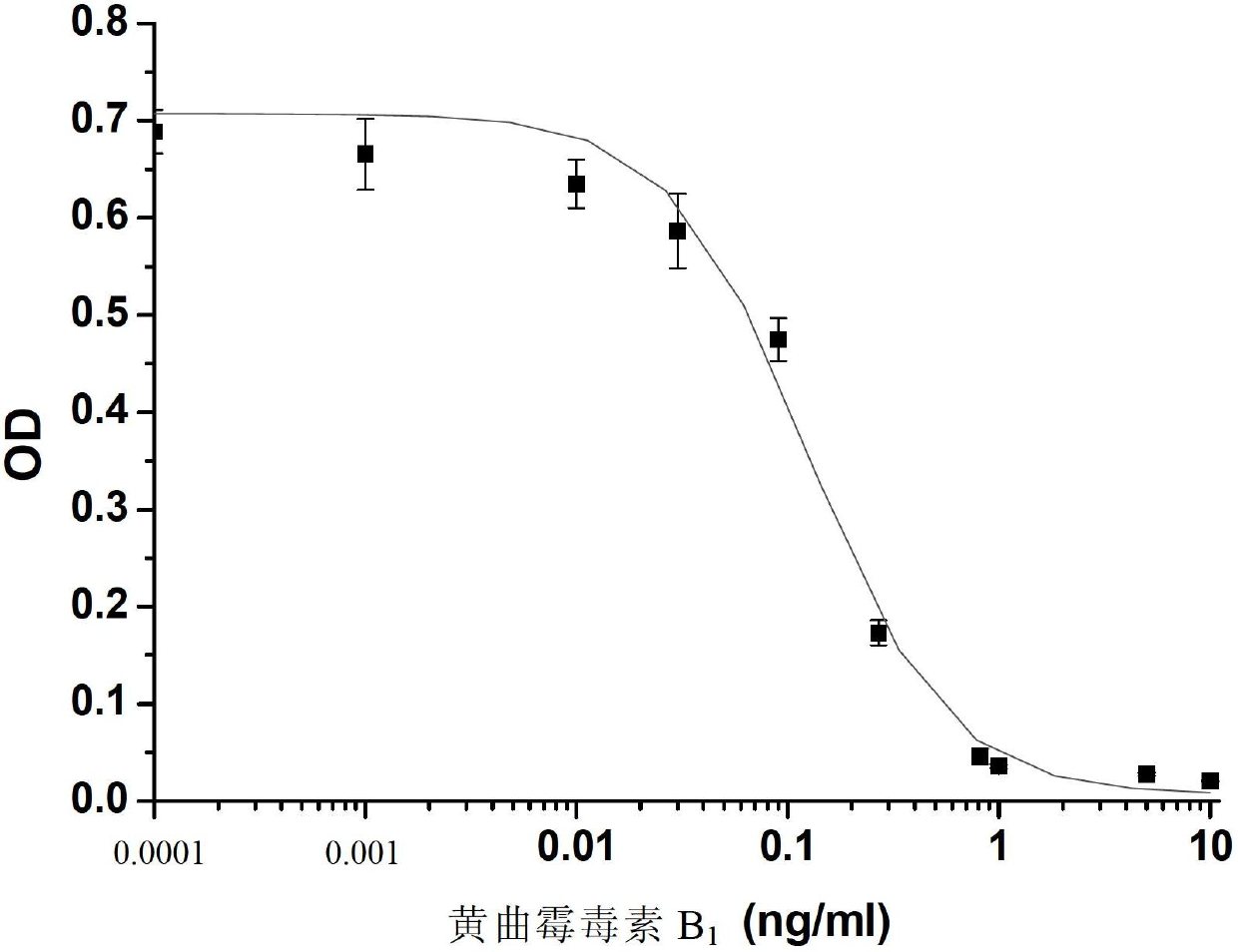Single-chain antibody and application thereof in detecting aflatoxin
A single-chain antibody and light chain technology, which is applied in applications, measurement devices, and the introduction of foreign genetic material using carriers, can solve problems such as limited production, limited development of immunological methods, and high technical costs, achieving high affinity and good crossover The effect of increasing the reaction rate and the cross-reaction rate
- Summary
- Abstract
- Description
- Claims
- Application Information
AI Technical Summary
Problems solved by technology
Method used
Image
Examples
Embodiment 1
[0042] Embodiment 1, discovery of single-chain antibody
[0043] 1. Extraction of hybridoma mRNA and construction of full-length scFv gene
[0044] Take hybridoma cells with good homogeneity and purity (secreting AFM 1 specific monoclonal antibody) 1 x 10 6 Total RNA was extracted and purified to obtain mRNA, which was reverse transcribed to obtain cDNA. Using a full set of primers, cDNA was used as a template to amplify the heavy chain variable region (VH) and light chain variable region (VL) genes, respectively, cloned into the pCR 2.1 vector and sequenced, after computer analysis and database BLAST comparison , VH and VL genes with potential immunocompetence and correct expression cassettes were identified. Overlap extension PCR (SOE-PCR) primers were designed according to the above-identified genes, and the full-length scFv gene was constructed by splicing. The scFv gene was sequenced and analyzed, and cloned into the pCR 2.1 vector for preservation and amplification. ...
Embodiment 2
[0061] Embodiment 2, the preparation of single-chain antibody
[0062] 1. Construction of recombinant plasmids
[0063] 1. Synthesize the double-stranded DNA molecule shown in Sequence 2 of the sequence listing (the 1st to 6th nucleotides from the 5' end are the NcoI restriction recognition sequence, and the 9th to 338th nucleotides are the light chain variable region Coding sequence, the 339th to 398th nucleotides are the coding sequence of the connecting peptide, the 399th to 752nd nucleotides are the coding sequence of the heavy chain variable region, and the 762nd to 791st nucleotides are the C-myc tag tag The coding sequence, the 792nd to 797th nucleotides are the XhoI restriction recognition sequence).
[0064] 2. Using the double-stranded DNA molecule synthesized in step 1 as a template, perform PCR amplification with a primer pair composed of F1 and R1 to obtain a PCR amplification product.
[0065] F1: 5'- CCATGG CACAGACGGTTG-3';
[0066] R1: 5'- CTCGAG CAGGTCT...
Embodiment 3
[0081] Embodiment 3, the application of single-chain antibody
[0082] 1. AFB 1 - Preparation of BSA
[0083] 1. AFB 1 -Synthesis of BSA
[0084] (1) Add 5mg of aflatoxin B 1 Dissolve in 5ml of pyridine, add 25mg of carboxymethylhydroxylamine hemihydrochloride, stir overnight in the dark at room temperature, spin dry at 40°C; dissolve in a small amount of methanol, separate with a TLC scraper, the developer is methanol:chloroform=1:9, take The fluorescent band of the product with RF=0.2 was extracted with 2ml of ethyl acetate, 500μl of methanol and 200μl of DMF were added to assist the extraction, filtered, and the filtrate was rotary evaporated at 40°C to obtain 300μl of the product solution.
[0085] (2) Take 300 μl of the above product solution, add 300 μl DMF and 300 μl water, add 8 mg EDC and 8 mg NHS, activate for 1 hour, react in the dark, and obtain solution Ⅰ;
[0086] (3) Dissolve 10mg BSA in 1ml carbonate buffer (0.1M, PH=9.51), fully dissolve, and stir at room...
PUM
| Property | Measurement | Unit |
|---|---|---|
| reaction rate constant | aaaaa | aaaaa |
| reaction rate constant | aaaaa | aaaaa |
| reaction rate constant | aaaaa | aaaaa |
Abstract
Description
Claims
Application Information
 Login to View More
Login to View More - R&D
- Intellectual Property
- Life Sciences
- Materials
- Tech Scout
- Unparalleled Data Quality
- Higher Quality Content
- 60% Fewer Hallucinations
Browse by: Latest US Patents, China's latest patents, Technical Efficacy Thesaurus, Application Domain, Technology Topic, Popular Technical Reports.
© 2025 PatSnap. All rights reserved.Legal|Privacy policy|Modern Slavery Act Transparency Statement|Sitemap|About US| Contact US: help@patsnap.com



